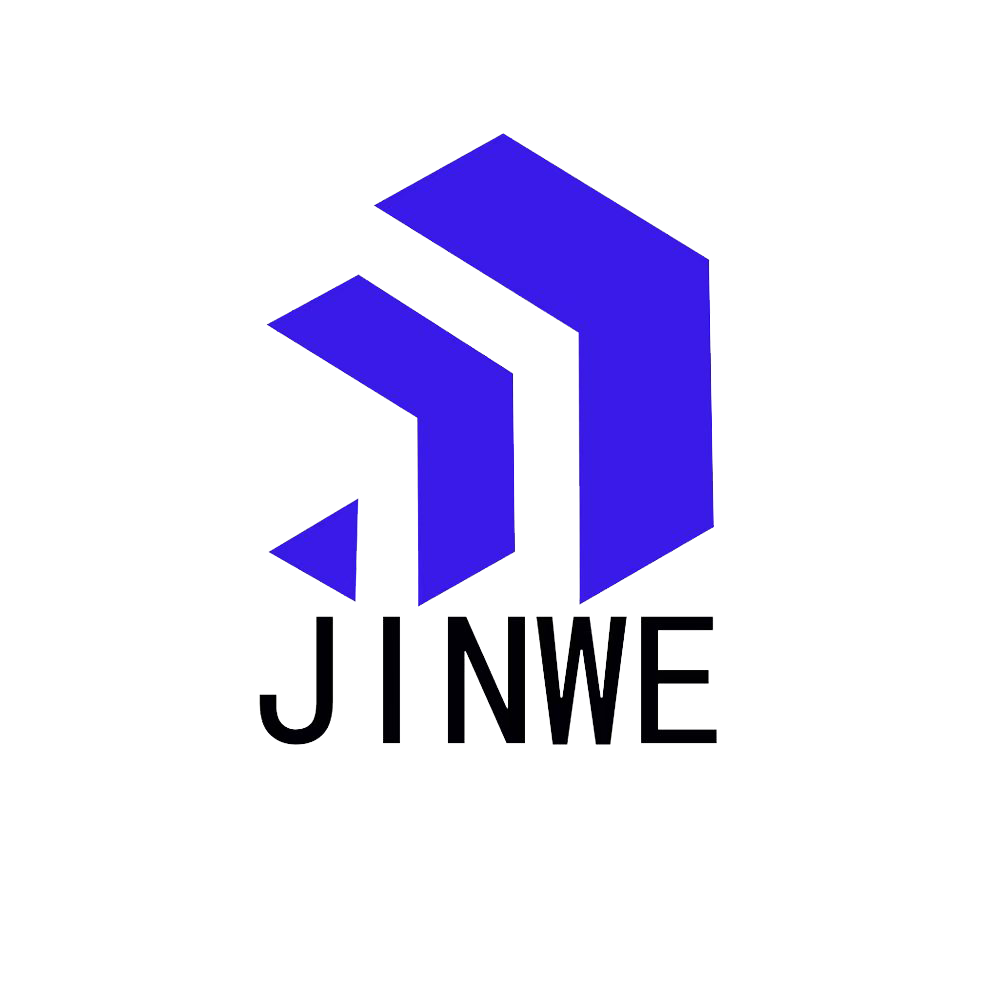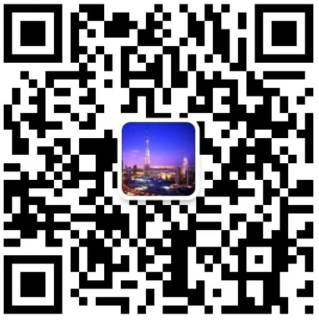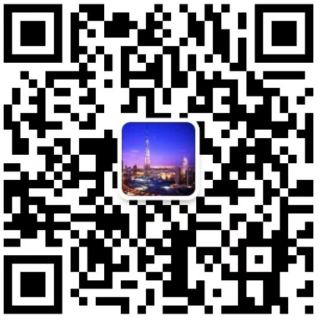
-
Home
- About Us
- Product
- News
- Application
What are the trends of the 2019 SENSOR ?
2019-03-07With the advancement of human civilization, the era of intelligence has come comprehensively, artificial intelligence has become a product of popular, and as the eye of artificial intelligence, the development of the sensor industry has become the focus of global attention.
The three cores of intelligence
The United States, with relatively advanced technology, has clearly stated that MEMS technology, wireless network technology, and micro-energy acquisition technology are the three core technologies and innovation trends of sensor intelligence, and have always emphasized sensor networking, intelligent node technology, and energy capture. Technology and collaborative innovation.
Small industry strategy
Compared with western developed countries, China's sensor industry started late, and its development is relatively slow, lacking a high level of national strategic understanding. Since sensors belong to different industries and sectors, there are long-term management phenomena, and it is difficult to achieve consensus in development. The lack of policy support leads to industrial dispersion, and products cannot form a series.
At present, there are about 5,000 instrumentation companies in China, and more than 1,600 sensors and sensors are manufactured to varying degrees. Of these, more than 95% belong to small and micro enterprises. On the one hand, there is not enough manpower, material resources, technological conditions and other resource allocations, and the industrialization foundation is weak; on the other hand, the market entry threshold is too high, lack of corresponding application development and technological innovation capabilities, product overall technical level and parameter performance indicators, In particular, the reliability and stability indicators are one to two orders of magnitude lower than those of similar foreign products, which cannot meet the market requirements for enterprise qualification and supporting capabilities. China currently lacks leading enterprises and industry-driven, lack of international brands, market influence, competitive advantage and basic research capabilities, resulting in less than 3% of specialized enterprises in the industry; core chips mostly rely on imports, and almost of high-end products are imported. The overall technological level is 10 years to 15 years behind advanced foreign countries.
At present, the domestic output value of sensors exceeds 100 million yuan, accounting for only 13% of the total number of enterprises, and less than 200 in the country. In view of the current domestic industry status and industry characteristics and existing problems, combined with the characteristics of sensor technology, the industry expects to gather dozens of domestic and foreign sensor professional companies and research institutes in areas with developed economy and technological advantages. Product technology process characteristics and industrial scale advantages, as well as industrial clusters or bases with influence in the international market, forming an international sensor-specific industrial park with annual sales of 100 billion yuan (US$15 billion) and annual growth rate higher than 20%. . The integration of intelligent components, intelligent, networked, modular and other integrated applications as the main body of innovation, the Internet of Things, smart cities for the application of the industrial chain framework (industry ecology), while having politics, production, learning, research, It uses the six-dimensional integrated ecological environment to realize the industrialized cluster development, and forms the “double ecological” industrial chain of China's sensors. It has an international sensor industry park with obvious industrial characteristics and prominent regional advantages – Sensing Valley.
- Previous:Issures need to notice during building network of LoraWan pressure sensors or ultrasonic sensors
- Next:Already the last article
Links:
-
About us
-
Products
-
News
-
Contact us
Postcode:518100
Tel:0086 13923792185
Whatsapp: +8613923792185
Email:robert@micmetering.com
Address: Floor 6, Zone A, Building B, Qinghu Science Park, Longhua, Shenzhen, China
Copyright © 2024 MIC Metering (Shenzhen) Limited-
Hotline
Hotline
0086 13923792185
-
WeChat

-
Back to Top
- About Us

